Lolita, Twiggy, Patriarchy, Oh My! 1960's Fashion & The Waves of Feminism
We’ve all heard the saying; Vintage Style, Not Vintage Values. Most of us vintage enthusiasts are aware and actively fighting the problematic beliefs from our beloved fashion periods. Until recently, I believed fashion was exempt from vintage values, such as racism and sexism. Upon reflection and research, I realized fashion does not exist in a vacuum and has been just as political as other aspects of culture. Fashion over the 20th century has been greatly tied to women’s fight against patriarchy. Beginning in the early 20th century, the trajectory of fashion has been parallel to the waves of feminism, following the ebbs and flow of progress and freedom. However in the early ’60s, we see a distinct shift with the 2nd wave of feminism – suddenly there was a stark opposition between feminism and fashion.
Fashion could not exist outside of the political sphere or the misogyny of the ’60s. To understand how fashion and feminism became frienemies, I would like to jump back for some historical context to the first wave of feminism. Although the first wave started in the mid 19th century, white feminists saw the fruits of their labour actualized in the ,20s with the right to vote.
Beyond the fringe dresses we are all too familiar with, the 1920s brought an era of literal freedom for (white) women. Although classist and racist, suffragists actively excluded working class, BIPOC, and immigrant women from earning the right to vote along side them. Despite this problematic aspect in the movement, 1920’s fashion was empowering; no more corsets and bodies were set loose. Women were becoming more physically and politically free – although to varying degrees. By the 1940s, with a big help from infamous Coco Chanel (not to be forgiven for being a Nazi sympathizer) and positions in the workplace, women gained more authority in their lives and closets. Unfortunately the ’50s put a dead stop to this, after men took back their jobs post-WW2, forcing many women back into the kitchen.
The 1950s were a decade of regression for the women’s movement, and fashion reflected this. It was estimated that housewives did 55 hours a week of household chores, with expectations of maintaining a “Stepford Wife” appearance with perfect hair, makeup, and big crinoline skirts. It seemed patriarchy had won its idyllic life. While most upper class, white women were stuck at home, 1/3rd of women worked throughout the ’50s and ’60s.
The second wave vision of feminism liberated some women while simultaneously contributed to the oppression of other women due to classist and racists institutional structures. Finally, with the arrival of the second wave in 1961 with the launch of the pill, the patriarchy was not ready to give women the freedom they were demanding. Thus, the anti-feminist fashion movement.
Okay, so what exactly happened in the early ’60s that was so anti-feminist? The film debut of Lolita, fashion infantilization with Twiggy, baby doll dresses, and the new commercialized obsession with youth.
In 1961, the pill was first released in the US, giving women unprecedented freedom over their bodies and future. This power, control, and newfound body autonomy greatly challenged the patriarchy and woman’s subservient position in society. Although the ’60s had often been regarded as a powerful decade of change, fashion was actively minimizing the importance of women’s progress in the fight for equality. Women began fighting private matters, such as the right to birth control, against rape, and domestic violence – a direct challenge to the patriarchal structure of home life. Through marriage and financial dependency, men had been controlling women in both the private and public spheres. The pill, workplace safety, and legal ramifications to abuse would dramatically reduce this power held over women’s heads. But hold on, fashion repeats itself, and the 1960s was a new take on the 1920s, both occurred during a wave of feminism. How can one be empowering and the other degrading? Context.
The 1920s were about freedom, the 1960s was about control; the ’20s were at the end of the movement, ’60s at the beginning. Gaining the vote had been a long time coming and voter suppression was largely tied to the suffragist win. Upper-middle class white women gaining the vote did very little to affect voting patterns, as most women voted similar to their husbands. However, private freedoms meant an independence from her husband not yet seen in history. The pill offered power over the one thing men have been using to control women with since the beginning of time: her sexuality. Autonomy of one’s sexuality allowed *all* women far too much control for the patriarchy. So, with perfect timing in 1962, in walks Lolita, the overtly sexual child to completely change the beauty standards and infantilize the fashion world.
Prior to the early 1960s, women’s fashion was about chic elegance, maturity was an asset, and youth was not yet a commodity to be sold. After browsing every issue of Vogue since the 1920s, I noticed the first article on ‘looking younger’ as a beauty trend was in 1962.
Women’s fashion looked like children’s clothing in adult sizing. Parents wanted their daughters to play Lolita – hundreds of parents mailed in letters to the casting agents claiming their daughter “was Lolita.” Men saw the 14 year old as a seductive “well-developed” “child-woman”. Twiggy was the fashion icon of the era, fashioned to look well under the age of 16.
Women were sold babydoll dresses, socks with Mary Janes like they wore as children, and society told women aging was bad. The ’60s saw women married younger than previous generations. The Lolita trend had taken hold of fashion, beauty, and women’s self-esteem. By contrast, the pill meant women could enjoy sex for pleasure without dependency on marriage and could control whether they had children, allowing them to utilize their sexuality as internalized power. Clearly, patriarchy enjoyed its moment in the ’50s and was itching to regress. What better way to stunt the fight towards autonomy than by dressing women up like children and telling them maturity was no longer attractive?
So what does this mean for us? Do we boycott the 1960s, reject Twiggy as a style icon? Stop listening to the Beatles?? Ideally not. Perhaps instead of cancel-culturing the ’60s, we vintage-lovers approach it as a learning experience. Femme-identifying folks have been fighting patriarchy from as far back as the written word goes. It doesn’t mean we have to reject every aspect of patriarchy, but we also can not ignore things that were harmful. Instead, let’s move forward with awareness and empowerment. With the fifth wave, women now have the freedom to make their own choices. We can choose to be working women with no children, we can be sex workers, professors, athletes, or stay-at-home moms. We can choose to wear baby-dolls or Twiggy inspired lashes, whatever makes us feel empowered. That’s the beauty of intersectional feminism, we get to be whoever we want to be.


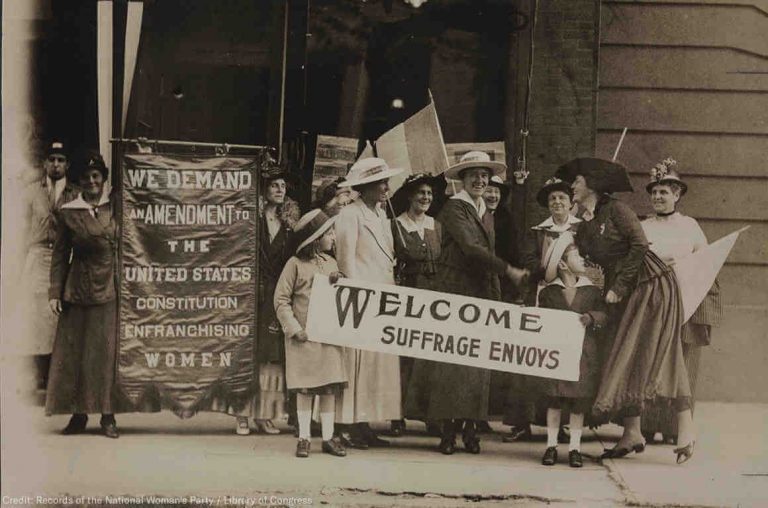
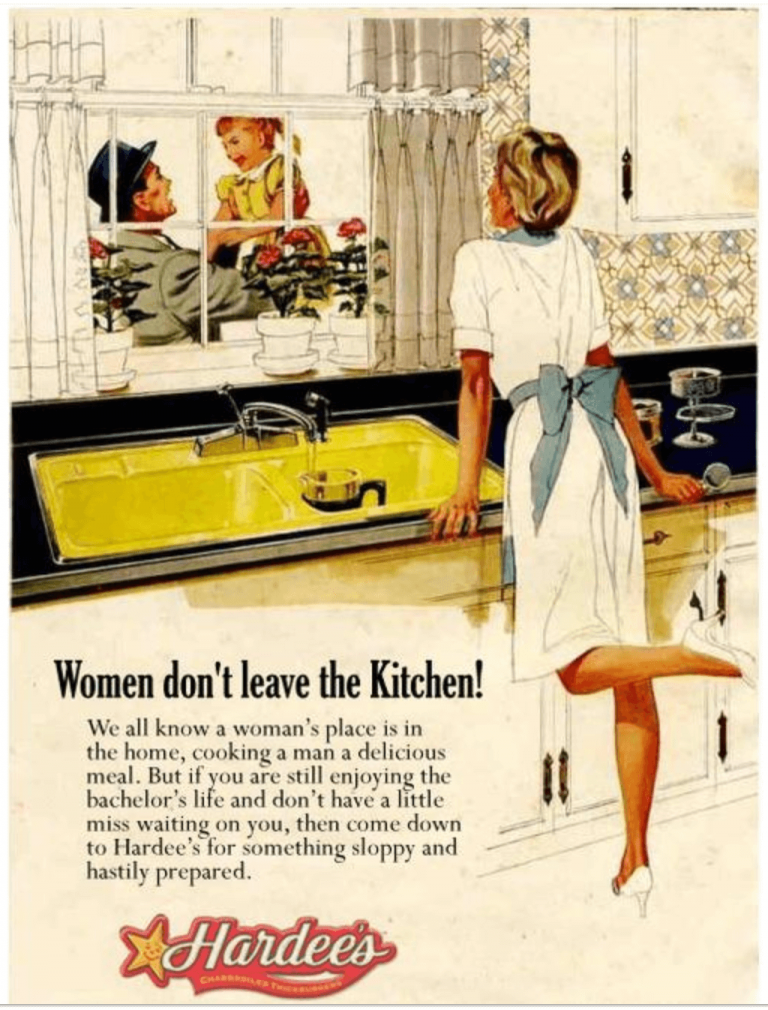
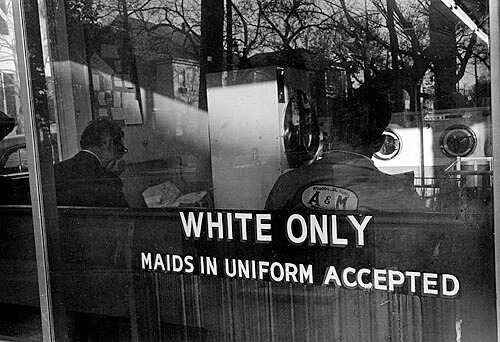
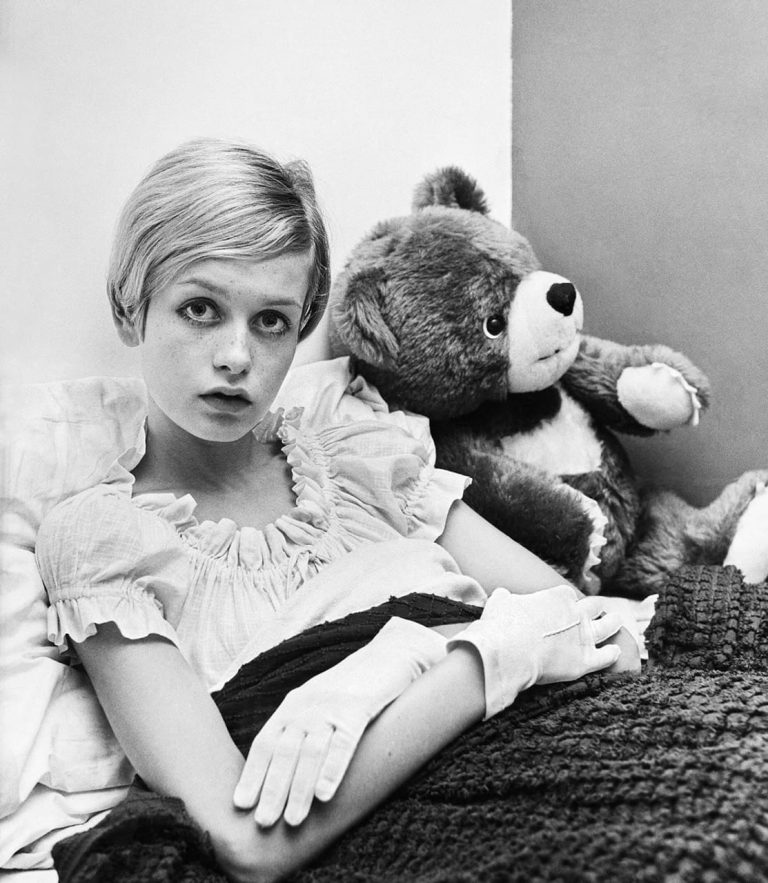
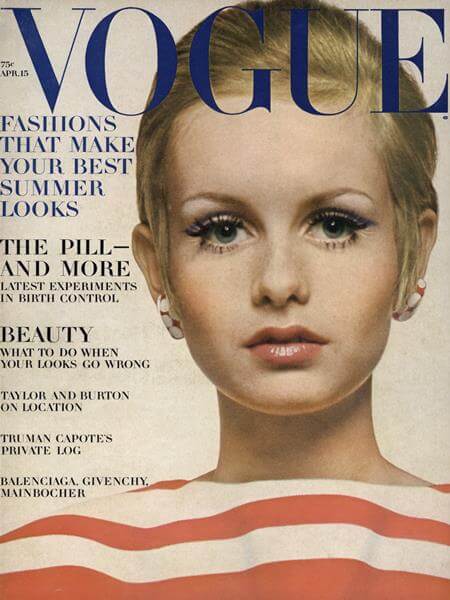
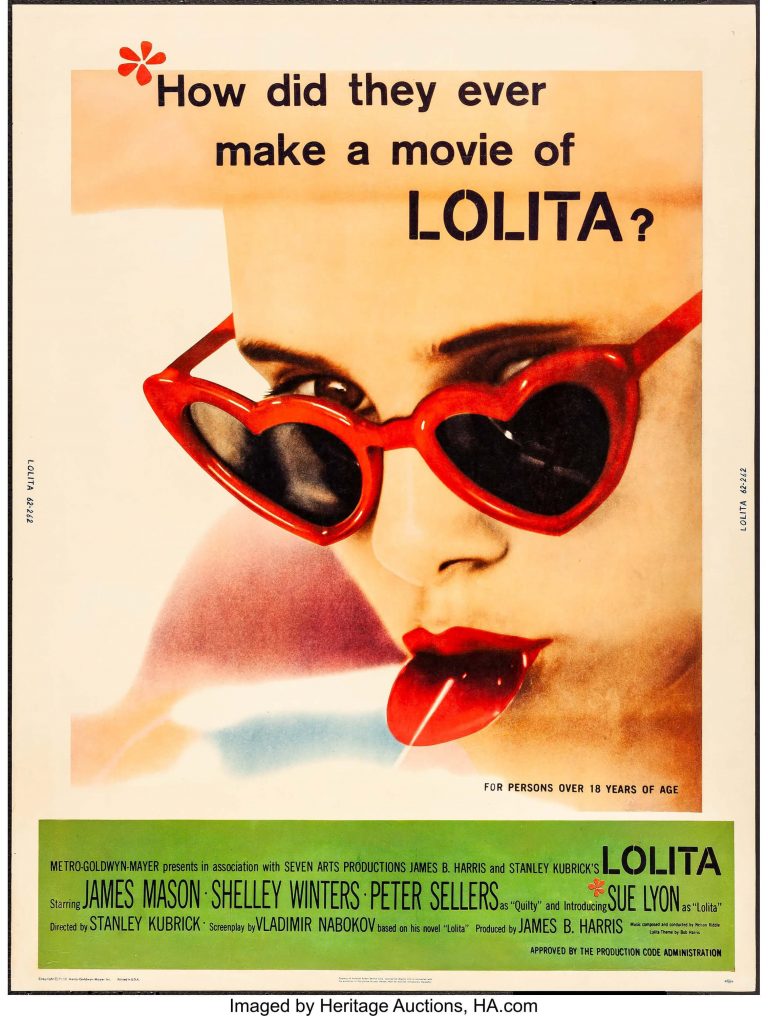
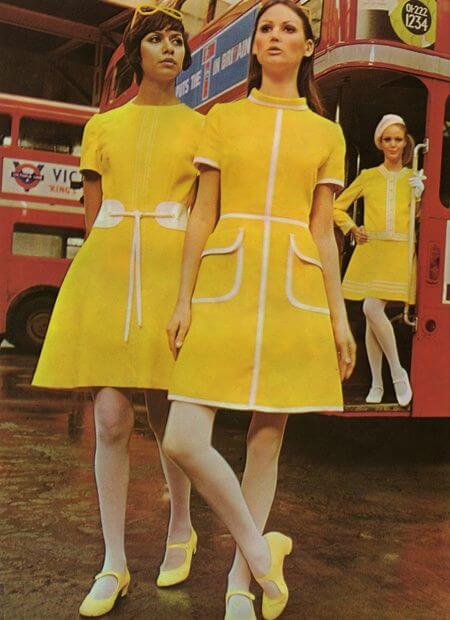
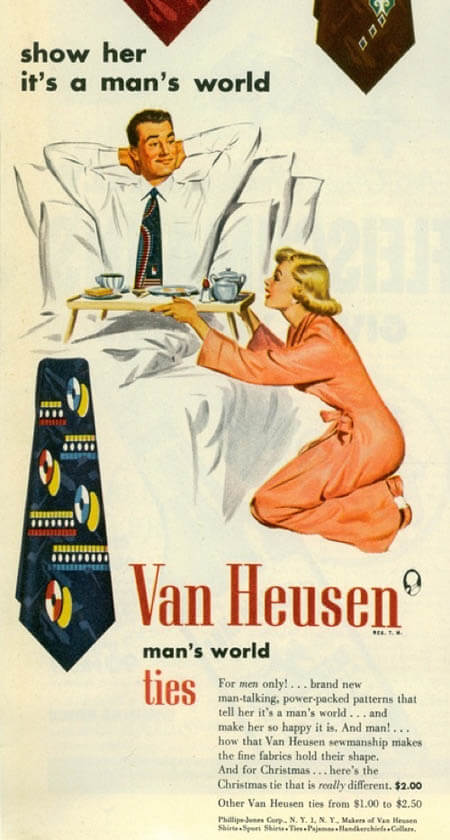
Pingback: Oh, Baby Doll! – The Vintage Woman